Roman Empire and The Eternal City – the two terms forever connected. It is a place where history mixes with modern life. Sometimes, it is very hard to tell which is which. With its ancient ruins and rich cultural heritage, it’s logical that Rome is probably the number one tourist destination in Europe. But there is also the other side of Rome, very interesting and peculiar. From peculiar customs and bizarre historical anecdotes to humorous quirks of daily Roman life, the rich history of the Roman Empire has it all.
One of the most interesting facts about Rome is the Roman Empire’s love for graffiti. Unlike today, the city powers didn’t try to prevent this type of art, they cherished it. In fact, many buildings in Rome are still covered in graffiti from ancient times but let’s not get ahead of ourselves.
Key Takeaways
- Rome is full of fascinating and little-known facts that go beyond the well-known landmarks and cultural treasures.
- The Roman Empire had a love for graffiti, and many of the walls and buildings in Rome were covered in ancient graffiti.
- Vomitoriums were not rooms where Romans would go to purge their food, but rather exit passages in amphitheaters and other large buildings.
The Roman Empire’s Love for Graffiti

Although many people think that they are a modern trend, graffiti has been around for centuries. If we don’t count paintings on the pyramids as graffiti, the Roman Empire led the ancient world with places covered with graffiti.
One of the most famous examples of Roman graffiti is found in Pompeii since the eruption made it a first-class historical source for the Roman way of life. Layers of ash preserved many buildings and their contents. Among the preserved artifacts were numerous examples of graffiti. And these graffiti are similar to the ones today. Some include humorous messages, some political slogans, and some even advertisements. The ones about sex are also numerous.
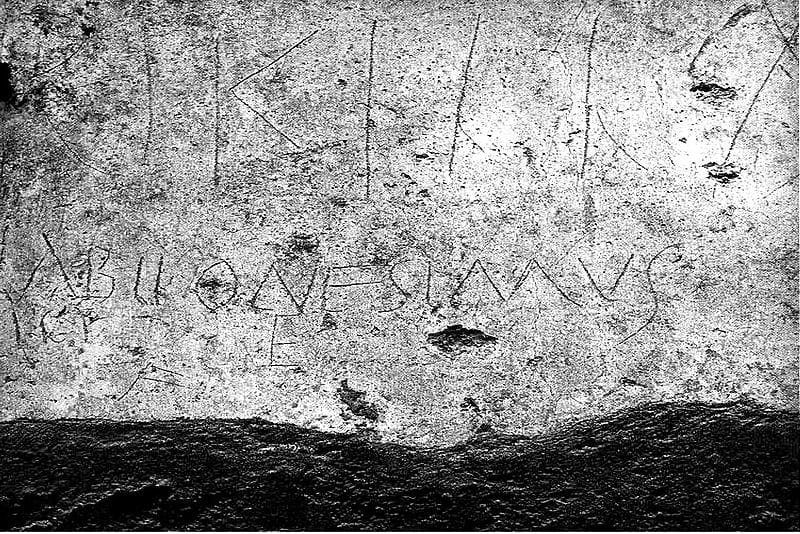
The graffiti found in Pompeii shows us the daily lives of the ancient Romans. Some particular messages were requests for help or reminders to do something and others were commentaries about politics. Almost all were in Latin but there were some written in Greek and even Hebrew, showing the national diversity in the city.
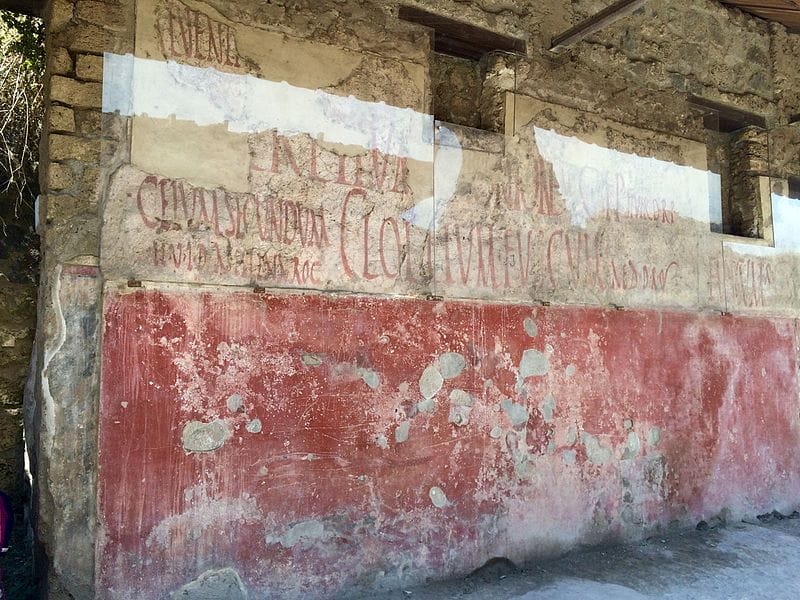
Source: sébastien amiet;l, CC BY 2.0 https://creativecommons.org/licenses/by/2.0, via Wikimedia Commons
For visitors today, many are translated into English so they can better understand the thoughts of the ancient Romans. Some of the most interesting messages include things like, “I screwed the barmaid” and “We two dear men, friends forever, were here. If you want to know our names, they are Gaius and Aulus.” It seems bathroom humor and the desire to leave your mark are truly timeless.
Vomitoriums Were Not What You Think
Contrary to popular belief, the vomitoriums were not rooms where the ancient Romans went to vomit after they ate or drank too much. Actually, the term “vomitorium” represents a passageway in an amphitheater or stadium that allows large crowds to enter and exit quickly. Something the sports arenas need to have even today.
The word “vomitorium” comes from the Latin word “vomitorius,” which means “rapid discharge.” Here we can see the similarity between these exits, and the exit through someone’s mouth. These passageways were designed to quickly let the spectators go outside after a performance or event ended. The term “vomitorium” was later misinterpreted by historians.
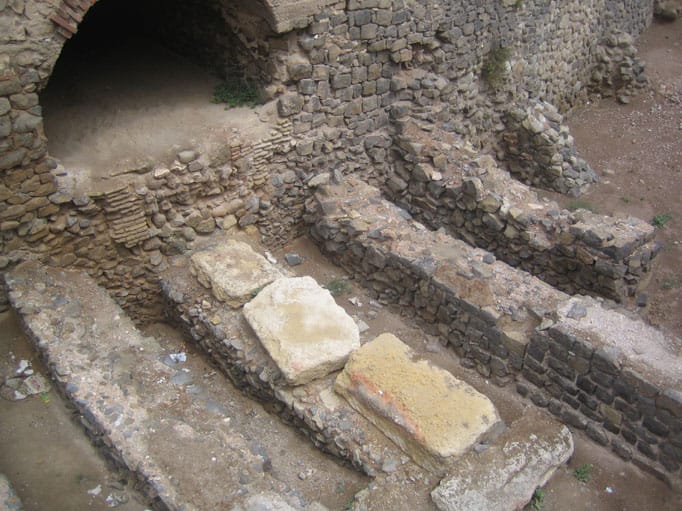
The Romans Invented “Take-Out”
The ancient Romans loved to eat and Italy today is proud of its culinary techniques. One of the most interesting and less-known inventions of the Roman Empire was the concept of “take-out” food.
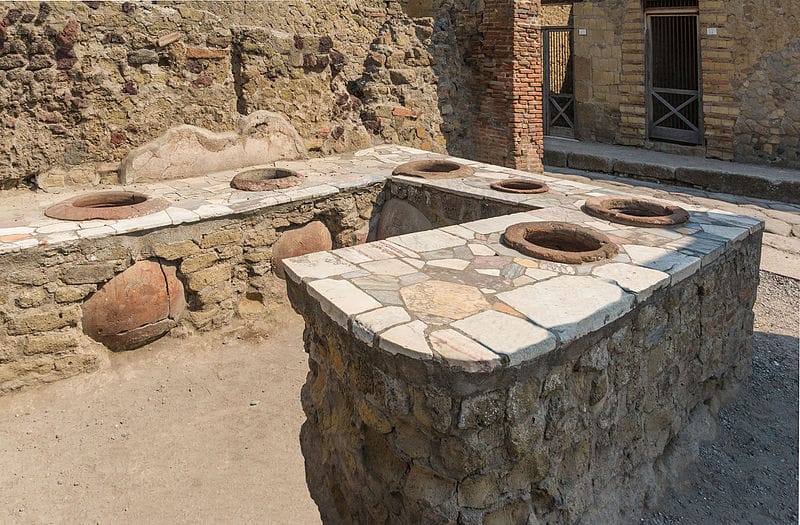
In Rome, street-side eateries called thermopolia were a common sight. These places served hot, ready-to-eat food “to go”. The food was stored in large jars called “dolia,” kept warm over a fire. Customers could even choose from a variety of dishes, including stews, soups, and roasted meats. The food was served in earthenware bowls or wrapped in cloth for easy transport. The popularity of thermopolium was enormous. Many Romans didn’t even have kitchens in their homes.
The Vatican’s Secret Soccer Team
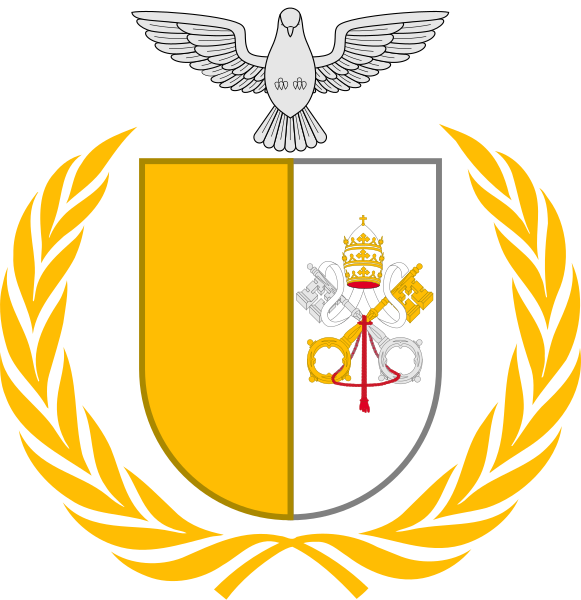
The Vatican City is known for its religious significance. Many think that the Vatican is also full of secrets. One of the “not so hidden” secrets is that the Vatican has its own football team, FC Guardia. Or, as Americans say, soccer.
The team is made up of museum workers, Swiss Guards, and even clergy members. They play in a local city league against other teams in Rome. Sadly for the fans, their matches are not open to the common public.
The team was founded in 1972 and has been playing ever since. They have won several championships, including the Clericus Cup, a tournament for seminarians and priests.
Despite their success, the team keeps a low profile. They don’t even have a website.
Caligula’s War on the Sea
Emperor Caligula is today mostly well-known for his bizarre behavior. One of the most mindblowing stories is about his war on the sea, which he probably lost. The sea remained silent on this topic.
Caligula was fascinated with the sea and that’s why he ordered his troops to collect seashells from the beaches of northern Gaul. After that, he declared war on the god of the sea and ordered his soldiers to attack the waves with their swords.
No wonder, the campaign was a complete failure. Many of the soldiers drowned and that episode added even more to Caligula’s reputation. So, we are still not sure if the sea decided to fight back or just did what it does all the time.
The Pigeon Problem at the Spanish Steps
The Spanish Steps in Rome are a popular tourist attraction. However, with tourists, there is always a garbage problem, and with that problem, there is always a pigeon problem. The pigeon population in the area has grown significantly over the years. And they are not only a problem for hygiene, there are also some safety issues.
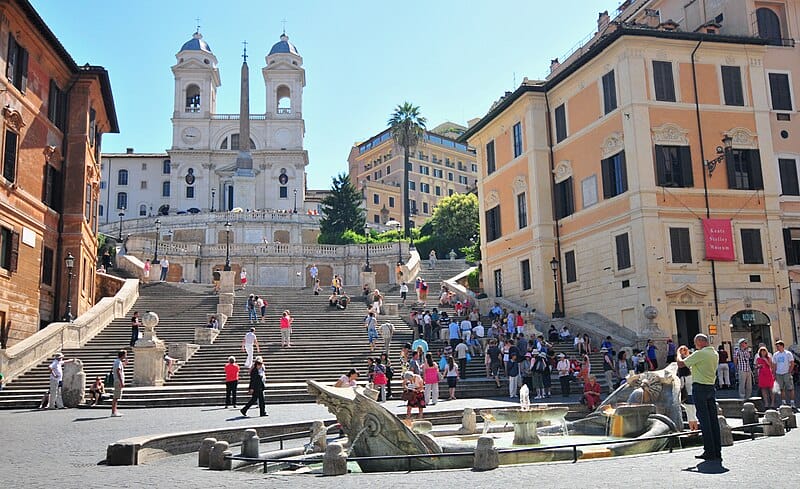
Source: Mike McBey, CC BY 2.0 https://creativecommons.org/licenses/by/2.0, via Wikimedia Commons
To fight against the issue, the city started pigeon patrols in the 1990s. Yes, they implemented pigeon contraceptives to prevent breeding. I sincerely hope they don’t do it manually. While this method was effective in the short term, the pigeon population has since recovered and even rebounded.
The main reason for the pigeon population growth is the practice of feeding the pigeons by tourists. While this may seem like a harmless activity, it encourages pigeons to occupy the area. The city even implemented fines for tourists for feeding pigeons. Signs also warn tourists to refrain from that practice. Despite these efforts, the pigeon problem at the Spanish Steps persists.
The Temple of Cloacina: Goddess of the Sewer
During the Roman Empire, the Cloaca Maxima was the main sewer system that drained the city’s waste into the Tiber River. And the ancient Romans also had a diety for that. The goddess of this sewer system was known as Cloacina and the Romans thanked her for the clean city.
The Temple of Cloacina was a small shrine located near the Roman Forum, built in the 6th century BC, and was a testament to the importance of sanitation in ancient Rome. Roman Empire was very aware of the connection between hygiene and deseases.
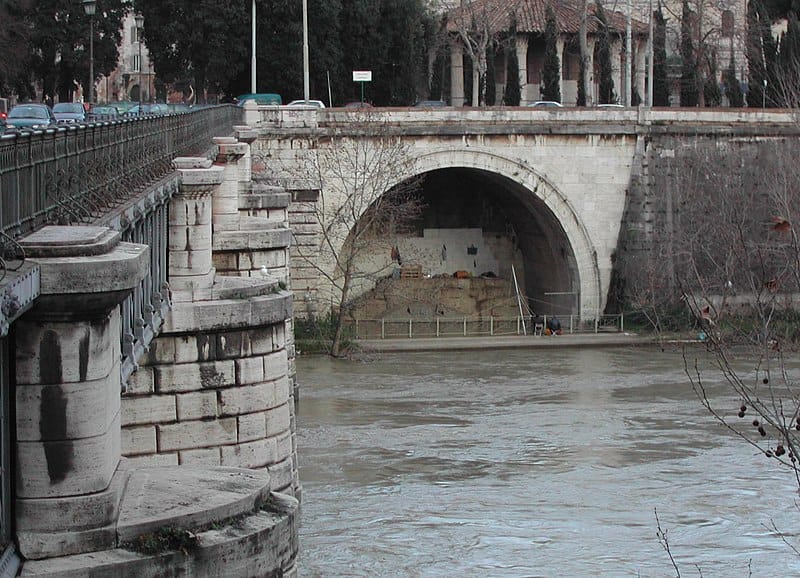
The temple was a simple structure, with a small altar and a statue of the goddess. It was not as grand as some of the other temples in Rome, but it served an important purpose.
Today, the temple is no longer standing, but the importance of sanitation in Rome is still remembered. The Cloaca Maxima is still in use today and is one of the oldest sewer systems in the world.
People Also Ask:
What are some surprising details about the daily life of ancient Romans?
- The wealthy Romans used to eat lying down on a couch called a triclinium.
- The Romans used to brush their teeth with urine, which contains ammonia that acts as a cleaning agent.
- The Roman Empire had a massive system of aqueducts that brought fresh water to the cities.
- The Romans used to wear togas, which were not only a symbol of their status but also served as a form of identification.
How did ancient Rome’s architecture influence modern buildings?
- The Roman arch was a significant architectural innovation that is still used today in buildings such as bridges and doorways.
- The dome was another architectural innovation that the Romans developed, and it is still used in modern buildings such as churches and government buildings.
- The Colosseum, one of the most famous buildings of ancient Rome, has inspired modern sports stadiums.
What are the notable contributions of the Roman Empire to modern law and politics?
- The Roman legal system, which was based on written laws and legal procedures, has influenced modern legal systems around the world.
- The concept of citizenship, which was first introduced by the Romans, is still a fundamental principle of modern democracies.
- The Roman Republic, which was the first government in history to have a system of checks and balances, has influenced modern political systems.
Can you list some unusual customs from ancient Rome that might surprise us today?
- The Romans used to wear amulets to protect themselves from the evil eye.
- The Romans used to worship multiple gods and goddesses, each associated with a different aspect of life.
- The Romans used to celebrate a festival called Saturnalia, during which slaves and masters would switch roles for a day.
In what ways did the Roman Empire’s expansion impact European history?
- The Roman Empire helped to spread Latin, which became the basis for many modern European languages.
- The Roman Empire’s infrastructure, such as roads and aqueducts, helped to facilitate trade and communication throughout Europe.
- The Roman Empire’s collapse in the 5th century AD led to a period of instability and migration that shaped the course of European history.
What are some of the most remarkable engineering feats achieved by the Romans?
- The Colosseum, which could seat up to 50,000 people, is an impressive feat of engineering.
- The aqueducts, which transported water over long distances, required sophisticated engineering techniques.
- The Roman roads, which connected the empire, were a remarkable achievement that facilitated trade and communication.
Who destroyed the Roman Empire?
The fall of the Roman Empire was completed in 476 when the German chieftain Odoacer deposed the last Roman emperor of the West, Romulus Augustulus. The East, always richer and stronger, continued as the Byzantine Empire through the European Middle Ages.
Hello, my name is Vladimir, and I am a part of the Roman-empire writing team.
I am a historian, and history is an integral part of my life.
To be honest, while I was in school, I didn’t like history so how did I end up studying it? Well, for that, I have to thank history-based strategy PC games. Thank you so much, Europa Universalis IV, and thank you, Medieval Total War.
Since games made me fall in love with history, I completed bachelor studies at Filozofski Fakultet Niš, a part of the University of Niš. My bachelor’s thesis was about Julis Caesar. Soon, I completed my master’s studies at the same university.
For years now, I have been working as a teacher in a local elementary school, but my passion for writing isn’t fulfilled, so I decided to pursue that ambition online. There were a few gigs, but most of them were not history-related.
Then I stumbled upon roman-empire.com, and now I am a part of something bigger. No, I am not a part of the ancient Roman Empire but of a creative writing team where I have the freedom to write about whatever I want. Yes, even about Star Wars. Stay tuned for that.
Anyway, I am better at writing about Rome than writing about me. But if you would like to contact me for any reason, you can do it at contact@roman-empire.net. Except for negative reviews, of course. 😀
Kind regards,
Vladimir
